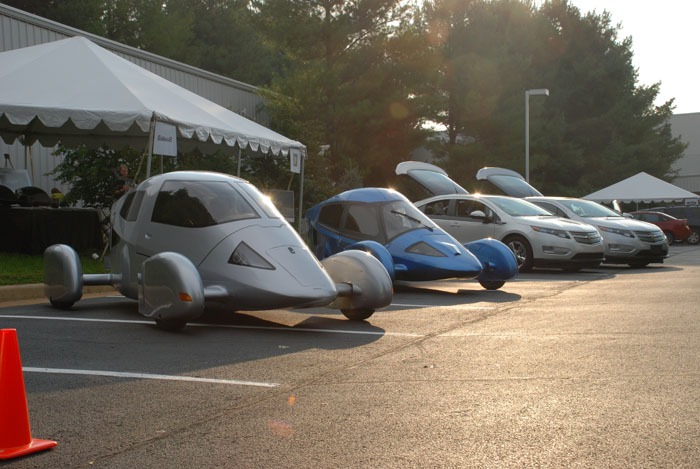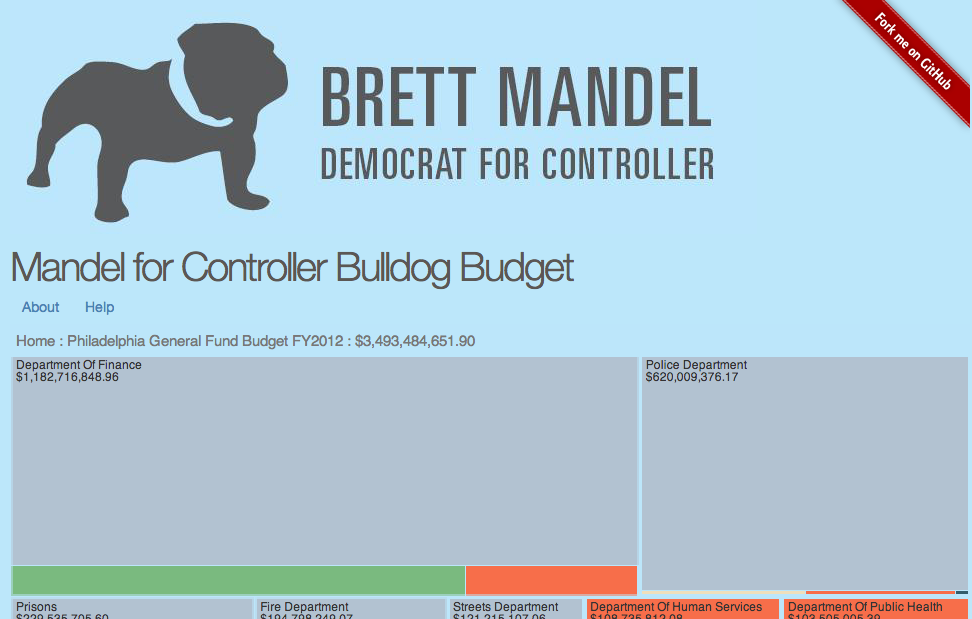Category: Books
-
10 Things I’m Doing After Reading The Principles of Product Development Flow
A few weeks ago I showed this slide during a talk I gave to clients of RJMetrics. The Goal is legendary in my family as a guide for unlocking throughput in manufacturing. Garvey Corp’s entire business model is helping companies exploit constraints and increase profits. It got me off to a great start in manufacturing,…
-

Ingenious Review
In America there is no shortage of digital inventors, tinkerers, hackers, and dreamers. Companies form around the most ridiculous ideas, test them in the marketplace, often with unpredictable and surprising results. It’s an exciting time for innovators in the information age. Go back one hundred years and you’ll find a similar state in the automobile…
-

Best Things This Year (2013)
Anecdotally, it seems like a lot of people shook up their lives in 2013. I certainly did. Here are the best things that happened to me in 2013. 1. RJMetrics – In March I started working at RJMetrics, an e-commerce data analytics firm in center city Philadelphia. Leaving Garvey Corp was a difficult decision, but…
-
Review: Book a Week with Jen
I’m a painfully slow reader. I can only think of a few books I’ve read in under a week and some of my favorite books took me over a year to finish (I’m looking at you Cryptonomicon). I met Jen Miller through twitter in 2007. Back then she was working on a project reviewing 52…
-
Everything Bad is Good For You
Parents can sometimes be appalled at the hypnotic effect that television has on toddlers; they see their otherwise active and vibrant children gazing silently, mouth agape at the screen, and they assume the worst: that television is turning their child into a zombie. The same feeling arises a few years later when they see their…
-
Am I Achieving My 2010 Goals?
Ouch. I just looked up my goals for 2010 and I am NOT doing well. Here’s my progress so far. 1. Read 12 Books – Easily completed this already. A few I listened to using Audible.com and I read the Purple Cow on my iPhone with the Kindle app. So far I’ve read The Visual…
-
Tufte Course Review and Notes
Yesterday I attended Ed Tufte’s one day course on Presenting Data and Information. His book, The Visual Display of Quantitative Information, completely changed the way I think about data. If you love his book, I highly recommend his course. He doesn’t cover a lot of new ground, but he puts emphasis on a few things…
-
Tufteized the Charts
Over at my Conveyor Blog I made a post about some charts I updated at work based on a book I read by Edward Tufte, the Visual Display of Quantitative Information.
-
A Prayer for Owen Meany
THE DISCIPLES ARE STUPID – THEY NEVER UNDERSTAND WHAT JESUS MEANS, THEY’RE A BUNCH OF BUNGLERS, THEY DON’T BELIEVE IN GOD AS MUCH AS THEY WANT TO BELIEVE, AND THEY EVEN BETRAY JESUS. THE POINT IS, GOD DOESN’T LOVE US BECAUSE WE’RE SMART OR BECAUSE WE’RE GOOD. WE’RE STUPID AND WE’RE BAD AND GOD LOVES…
-
Getting Things Done
I heard about David Allen’s Getting Things Done a long time ago and I procrastinated in getting it.? It sounded like a system I could use, since my day usually consists of handling (and keeping track of!) a thousand tiny tasks.? I got the book for Christmas and according to my wife it’s the best…
-
Damn the Free Chapter
Two and a half years ago I finished Neal Stephensen’s Cryptonomicon. I liked it, but it took forever to finish. Well, fast forward to today and I just finished the prequel, Quicksilver. I got the book for my 27th birthday and it took me a year and a half to finish! I probably never would…